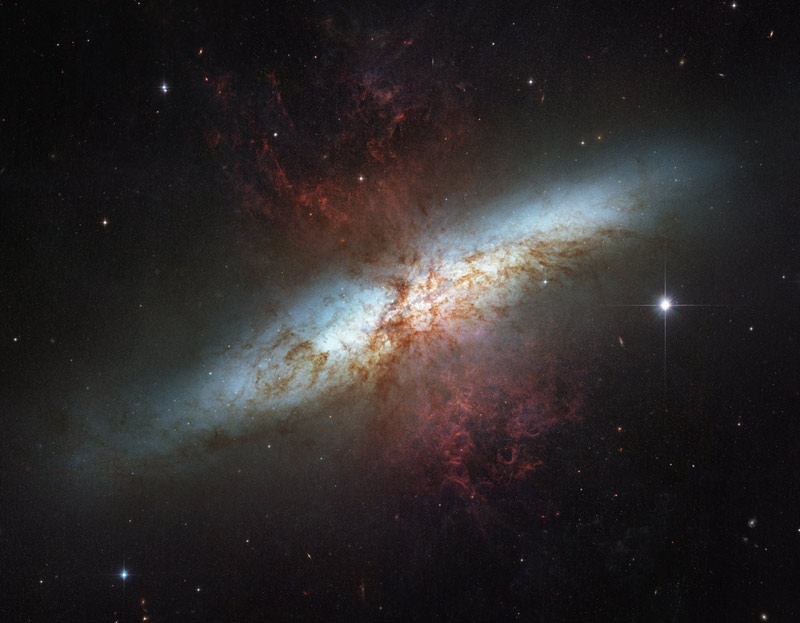Imagine a 100,000 km elevator ride with the gentle beats of muzak slowly infiltrating your mind, while simultaneously your nostrils are attacked by the pungent scent of cheap perfume and the body odor of your fellow passengers. Some people might consider this to be torture, but chances are the assaults on the other four senses will be blocked out by the visual delight of the Earth slowly shrinking into a magnificent blue sphere; a view which is currently only experienced by astronauts and the very wealthy.
The idea of an elevator into space is not new. Konstantin Tsiolkovsky was the first to publish the idea in his 1895 paper: “Day-Dreams of Heaven and Earth”. It has also appeared in several Science fiction novels by authors such as Arthur C. Clarke. In a relatively short period of time, this idea has gone from an impossible dream to something that the Lift Port Group believes could happen within 23 years.
To reduce climate issues the elevator will be located somewhere along the equator, where it will climb a 100,000 km ribbon to a space station which will act as a counterweight. This ribbon is the main technological hurdle which needs to be surpassed in order achieve this dream. Carbon nanotubes appear to be the answer and experts say that the technology to build strong enough fibers may be reached in the next couple years.
An elevator to space would have many benefits. An estimated cost of delivering cargo to orbit is only $100/lb compared to current costs of up to $60,000/lb. The savings in cost would improve exploration as more money could be spent on instruments. An elevator to space would ultimately open the doors to space tourism, mining and any number of other entrepreneurial adventures.
Besides technological requirements, will financial, and legal issues prevent the timely construction of one of mankind’s greatest dreams? Or will my generation be riding an elevator to our low-gravity retirement homes?
